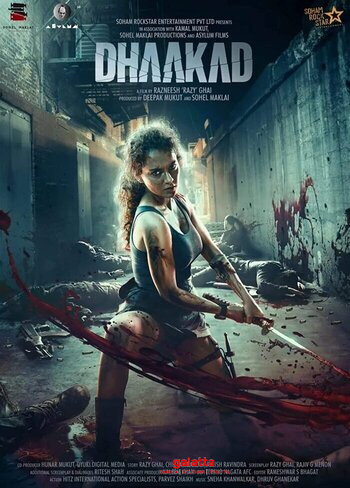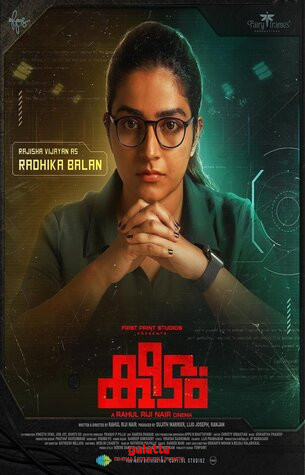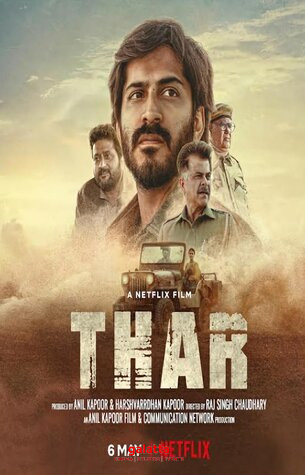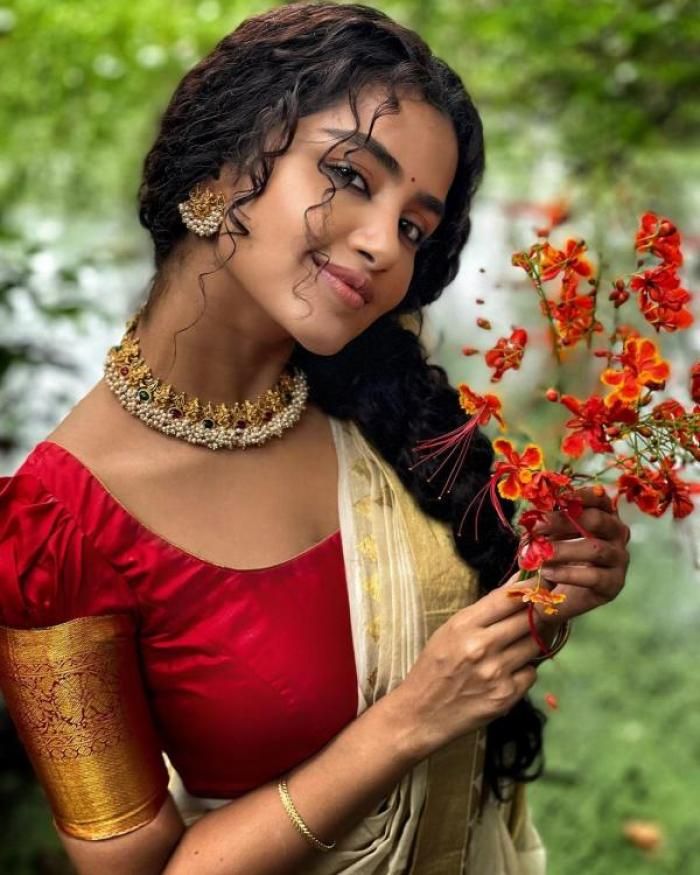Kuttavum Shikshayum Movie Review (2022)
Rajeev Ravi's 'Kuttavum Shikshayum', starring Asif Ali, is a superb police drama that ditches easy thrills for solid procedural detail
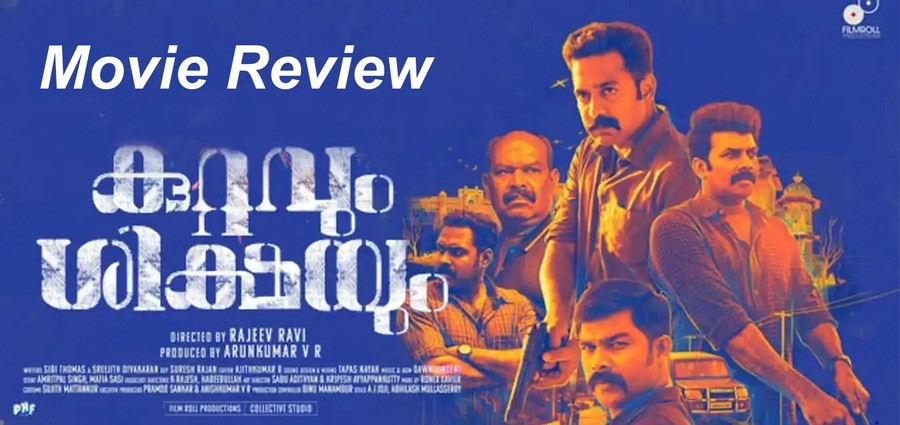
Kuttavum Shikshayum Movie Cast & Crew
Kuttavum Shikshayum, directed by Rajeev Ravi, is like a balloon. It's flat and limp and unremarkable at first, and as narrative air keeps going into it, it expands and it expands and becomes nothing like the shape it originally was, and you see designs and patterns that keep spreading out until the whole thing, finally, goes pop. The unremarkable thing at the beginning is an unremarkable robbery at an unremarkable jewellery store. But as the investigation begins, we see that the early unremarkableness was part of the film’s design. And thereon, the narrative becomes bigger and bigger: in terms of geography, in terms of the number of characters, in terms of the danger, and in terms of the stakes. But here's the thing: Kuttavum Shikshayum is not a thriller. The ballooning effect happens due to painstaking and minute procedural details that keep pumping air into the narrative. I think the film is some kind of classic.
The only showy stretch is that of the robbery itself. We get split-screen CCTV footage around a statue of Mahatma Gandhi – that's the area the jewellery store is located. It's called Gandhi Square. But if there’s some symbolism here, with respect to the statue, it’s not hammered home. The man is just a mute witness. Asif Ali, who’s just terrific, plays the cop who is called to investigate the case. Gradually, he is joined by others: Sunny Wayne, Sharaf U Dheen, Senthil Krishna and the always fantastic Alencier Ley Lopez. And as the investigation gets underway, we get an interstate cops-and-robbers story that plays like Theeran Adhigaram Ondru, but without the action-thriller flavour.
Instead, we get to see what an investigation is really like. We get to see leads that turn out to be dead ends. We get to see a young man who uses a separate phone to talk with his girlfriend. The more impatient among you may ask if we really need this scene with this young man. You may ask what part it plays in the overall investigation. Later, when the cops move northwards, they go to a place named Dholpur and only then do they go to a place named Dhanaganj, which is where they suspect the criminals are. You may, again, ask why we need this interlude in Dholpur? Why not land up directly in Dhanaganj?
The answer is very simple. Rajeev Ravi is not after the punchy highlights of this case. He wants to show us what reality feels like when the police undertake an investigation. He wants to give us the 360-degree view, from the shootouts to the cop with the upset stomach because his Kerala constitution is unable to cope with the food in the Hindi heartland. He wants us to see why these criminals took to crime: because there is no development despite the promises of politicians, and this is the only job option they are left with. These micro-observations are fantastic, especially because they are so understated, and because they paint such a vivid macro-picture.
Here are some more: The female SP in Kerala, who speaks in fluent English, versus the male cops up North, who speak in Hindi. The offhand reminder that – up north – beef is no longer a food item but a word that cannot be uttered. The casualness of the phone-obsessed Sunny Wayne character. The intensity of the traumatised Asif Ali character, who may be experiencing this case as a form of therapy or catharsis. Or the kindness of Alencier Ley Lopez. Is he really a kind cop, whose kindness comes from the bottom of his heart? Or is his kindness towards criminals a sort of strategy, to prevent being targeted by them after they are released? All this detail surrounds the film like oxygen, and none of it is singled out into a "scene".
You may notice something like a hotel with a partly caved-in wall. You may notice how Asif Ali drains a glass of alcohol in one straight gulp. But even if you blink and miss these, you will notice other details in the marvellous script by Sibi Thomas and Sreejith Divakaran. It's not a glamorous script. It's not about supercops. It's not like the surreal Churuli, either, which is another story about cops who find themselves in a strange land, with its own strange rules. What we have is chess-like writing, where each move is logical and incremental, each outcome is the result of thought rather than action.
It’s interesting how the women are brought into a largely male narrative. In a very funny scene, one woman plays the victim card. Rajeev Ravi shows us that comedy doesn’t need a Tom-and-Jerry background score; the scene unfolds in silence, and the comedy comes from the excellent staging and acting. Elsewhere, in a chilling scene, women come out with weapons – as though they are protectors of their menfolk, and their village. Dawn Vincent’s score is perfect. Large stretches of the film are silent, and the rest are coloured by his brilliantly eccentric score, which uses the harmonica and hissing sounds and other audio layers we don’t usually hear. That fits right into a film filled with details we don’t usually see, a film that painstakingly accumulates the ordinary and balloons into something extraordinary.
About Author

Baradwaj Rangan
National Award-winning film critic Baradwaj Rangan, former deputy editor of The Hindu and senior editor of Film Companion, has carved a niche for himself over the years as a powerful voice in cinema, especially the Tamil film industry, with his reviews of films. While he was pursuing his chemical engineering degree, he was fascinated with the writing and analysis of world cinema by American critics. Baradwaj completed his Master’s degree in Advertising and Public Relations through scholarship. His first review was for the Hindi film Dum, published on January 30, 2003, in the Madras Plus supplement of The Economic Times. He then started critiquing Tamil films in 2014 and did a review on the film Subramaniapuram, while also debuting as a writer in the unreleased rom-com Kadhal 2 Kalyanam. Furthermore, Baradwaj has authored two books - Conversations with Mani Ratnam, 2012, and A Journey Through Indian Cinema, 2014. In 2017, he joined Film Companion South and continued to show his prowess in critiquing for the next five years garnering a wide viewership and a fan following of his own before announcing to be a part of Galatta Media in March 2022.










